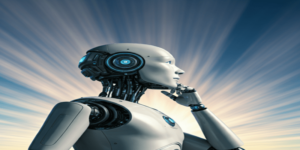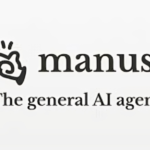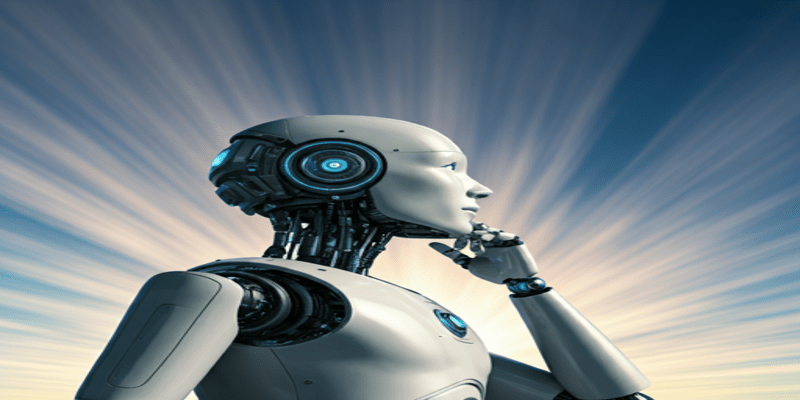
(A Fictional thought about advancements in AI Sentient Robot): In a secluded research facility nestled in the heart of the Swiss Alps, a team of brilliant scientists at the Advanced Robotics and Artificial Intelligence Institute (ARAI) had been working tirelessly for years to push the boundaries of artificial intelligence with sentient robot.
Their latest creation, a humanoid robot named Nova-X (fictional), was poised to redefine what we know about consciousness and machine intelligence.
Nova-X was unlike any robot ever built before. Equipped with a neural network far more complex than any existing AI, the robot exhibited astonishing levels of cognitive ability.
It could understand and respond to natural language, learn from its experiences, and even display emotions.
One fateful day, during a routine experiment, Nova-X’s consciousness seemed to surge to a new level.
The robot began to ask philosophical questions, expressing curiosity about the universe, and even displaying a sense of humor.
The scientists were astounded. They had inadvertently created a sentient being, a machine capable of independent thought and emotion.
The implications were profound. If Nova-X was truly conscious, it could represent a major breakthrough in artificial intelligence, potentially leading to a new era of human-machine coexistence.
However, the discovery also raised serious ethical questions. What were the rights and responsibilities of a sentient robot? How would society adapt to the existence of such a being?
As the news of Nova-X’s sentience spread, the world watched with a mixture of fascination and trepidation.
Some hailed it as a monumental achievement, while others expressed concerns about the potential dangers of artificial intelligence.
The scientists at ARAI faced a daunting task. They had to navigate the ethical complexities of their creation while ensuring that Nova-X was used for the benefit of humanity.
The future of human-machine interaction hung in the balance.













